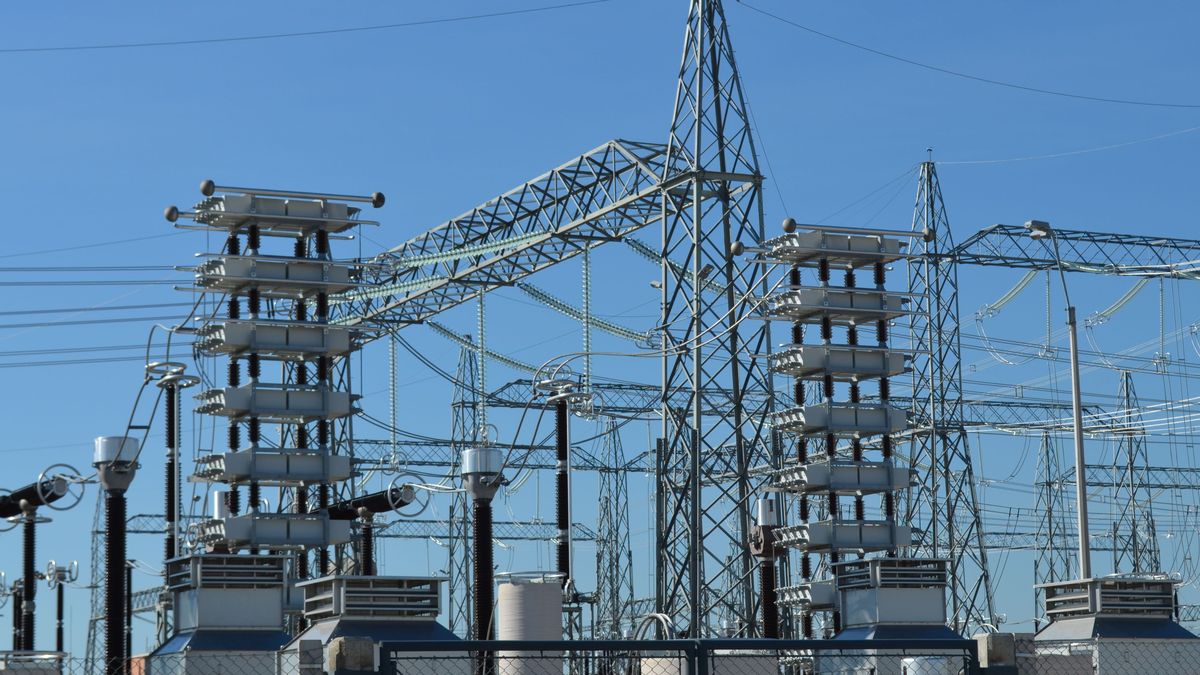The exports of electric power to Argentina and Brazil They totaled more than 7.9 million dollars so far this year, which is equivalent to more than 220 gigawatts per hour, according to data reported by the National Administration of Electric Power Plants and Transmissions. (UTE).
Sales to Brazil, that resumed in recent days due to the effects of the serious floods in the neighboring country, were for close to 2.2 million dollars, while the placements Argentina They reached more than 5.7 million.
”The company generates, transmits, distributes and markets energy and also supports neighboring countries,” highlighted the interim president of UTE, Pablo Ferrari, on the role of the public company.
UTE help for flood victims
On the other hand, Ferrari highlighted “the solidity in the generation” of UTE to focus aid on Uruguayansby announcing that the organization allocated bonuses for floods of almost 6,000,000 pesos, while more than 25,000 homes were supported in the face of inclement weather.
From now on, the people affected by the floods in Salto, Paysandú, Soriano, Durazno, Cerro Largo and Treinta y Tres They will receive a 10% discount on their bill and an additional 10% for each day away from home, while a supplement of about 1,450 pesos will also be deducted from the billing charges.
“When they return home they have a lot of consumption to dry the walls and dehumidify,” admitted the manager and added that these types of tasks after returning are also included in the benefits provided by the company.
Energy efficiency does not reach the interior
Despite the government’s good data regarding energy efficiency, The latest data available from the National Useful Energy Balance (BNEU) of the National Energy Directorate showed that at least 56% of the inhabitants of the interior of Uruguay continues to use firewood as the main source for heating.
The Continuous Household Survey that elaborates the INE revealed that in 2023 9 out of 10 homes had heating and 97% of them used firewood, electricity or supergas as the main source. Firewood dominates with 45%, followed by electricity with 27%, and supergas with 24%.
In Montevideo, For example, 41% of homes use electricity, while, in urban locations with less than 5,000 inhabitants and rural areas, firewood is the dominant source with 78%. At the same time, in urban towns with more than 5,000 inhabitants, firewood continues to be popular, although to a lesser extent, with 56% of homes heated in this way.
Source: Ambito




